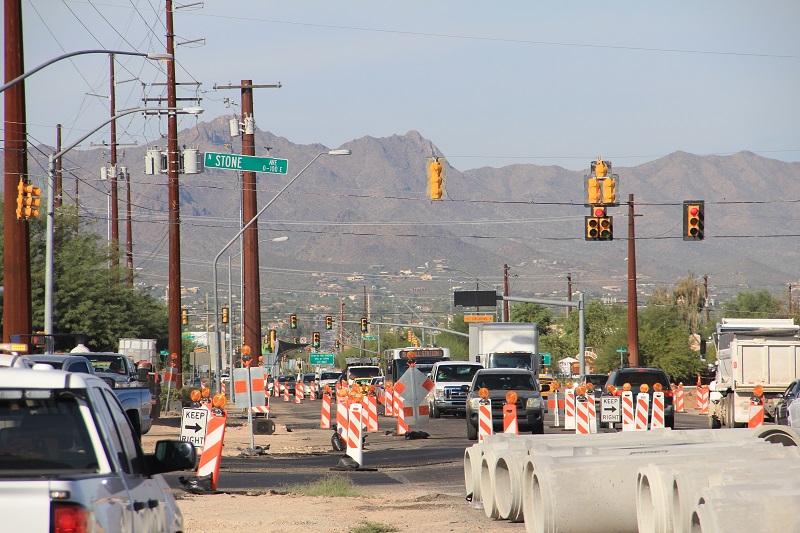The Regional Transportation Authority’s 20-year plan is a map for improving roads, transit and mobility for economic vitality in the Tucson region. It has raised hundreds of millions of dollars through a half-cent excise (sales) tax, and the money is carefully managed to ensure it’s only spent on eligible transportation projects.
The term “eligible” is important when local jurisdictions seek reimbursement from the RTA for transportation-related expenses. It covers a lot of what you’d imagine it could be spent on, such as the planning and design of a project, plus the crews and materials to lay new asphalt or gravel to construct new multi-use pathways.
The funds also can be used on public art that accompanies projects, and wildlife linkages to help mitigate the effects of traffic corridors that bisect wildlife corridors, or lighting (also a covered cost) that affects certain species.
There are some restrictions, and the public art is a good example. On RTA projects, the budget for public art cannot exceed 1% of the total project cost.
Other limitations include spending levels on landscaping to accompany a roadway project. That is limited to no more than 4% of the construction cost. The RTA funds can be used for public outreach efforts to inform the community and seek feedback about projects, but cannot unnecessarily be spent on food or promotional items for those sessions.
While it is rare, the RTA can reject payment for actual project expenses. An example is when features are added to a roadway project that exceed the RTA scope of a project. For example, if the voters approved widening a roadway from two lanes in each direction to three lanes in each direction, the addition of a fourth lane would qualify as an additional expense the voters did not approve.
